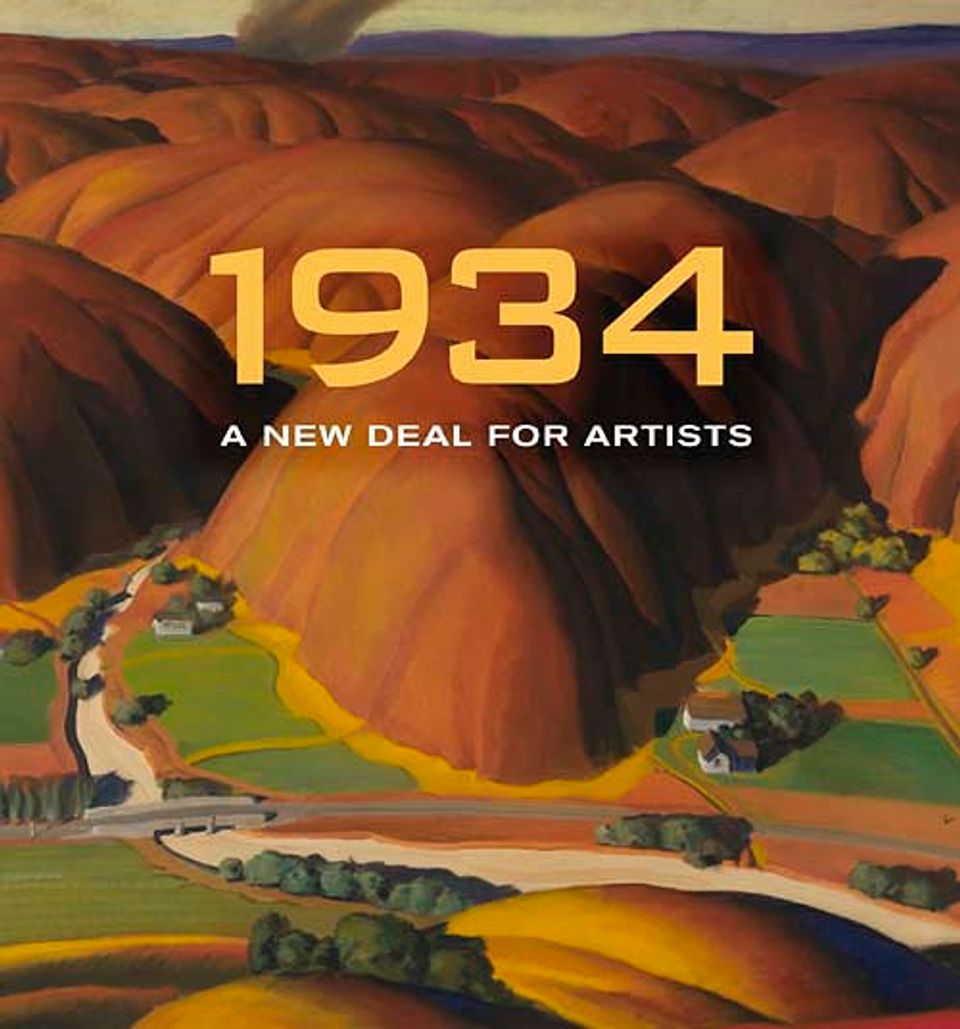Artwork Details
- Title
- Central Park
- Artist
- Date
- 1934
- Location
- Not on view
- Dimensions
- 31 7⁄8 x 44 in. (81.0 x 111.8 cm.)
- Credit Line
- Transfer from the U.S. Department of Labor
- Mediums
- Mediums Description
- oil on canvas
- Classifications
- Keywords
- Cityscape — New York — New York
- Architecture — vehicle — automobile
- Recreation — leisure — strolling
- Figure group — female and child
- Landscape — park — Central Park
- New Deal — Public Works of Art Project — New York City
- Architecture Exterior — commercial — skyscraper
- Object Number
- 1964.1.119
Artwork Description
Nelson shows the park on a weekday afternoon when it is full of mothers taking their toddlers out to play while the older children are in school. The brightly colored coats worn by the children and their mothers evoke their innocent delight. The southern end of the park, near the elegant hotels in the background, was designed for children. They could romp on the playground, ride the carousel, or play games in the Children’s Cottage. A little girl in an orange coat has plenty of fun just feeding the squirrels. Nelson’s charming image does not include the grimmer reality farther north in Central Park, where homeless people squatted in a shantytown or "Hooverville" as they waited for better times.
1934: A New Deal for Artists exhibition label
Carl Gustaf Nelson painted Central Park while working for the Works Progress Administration. This New Deal program supported artists during the Great Depression, providing a small stipend and the opportunity to contribute to the nation's recovery. Nelson worked for the government project for five months, and the salary of twenty-five dollars a week helped him to make ends meet. The Smithsonian American Art Museum asked him to describe his experience painting this scene of young mothers in Central Park. "I did a number of drawings on the spot," he recalled, "and when my hands would get too cold (Feb.) I would go to the monkey house in Central Park Zoo to warm up. The painting of it I did in my studio on MacDougal Street." (Carl G. Nelson to Susanne Owens, April 25, 1982, American Art curatorial file)














